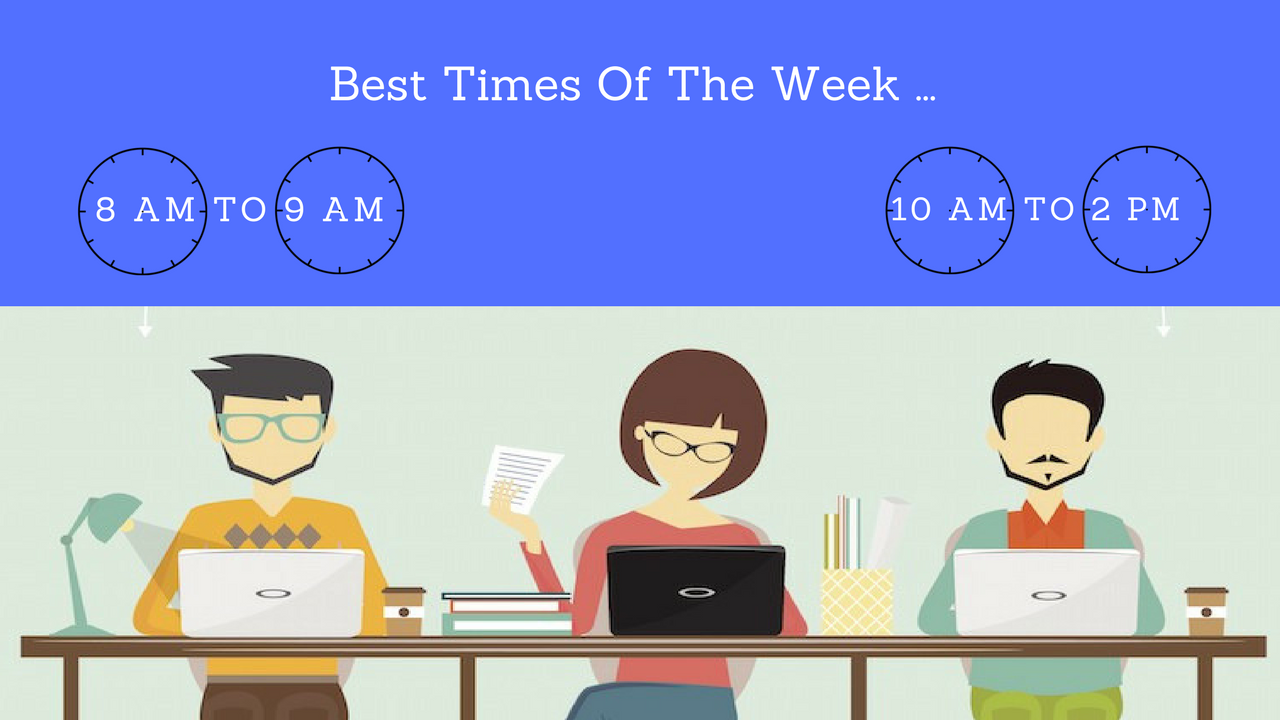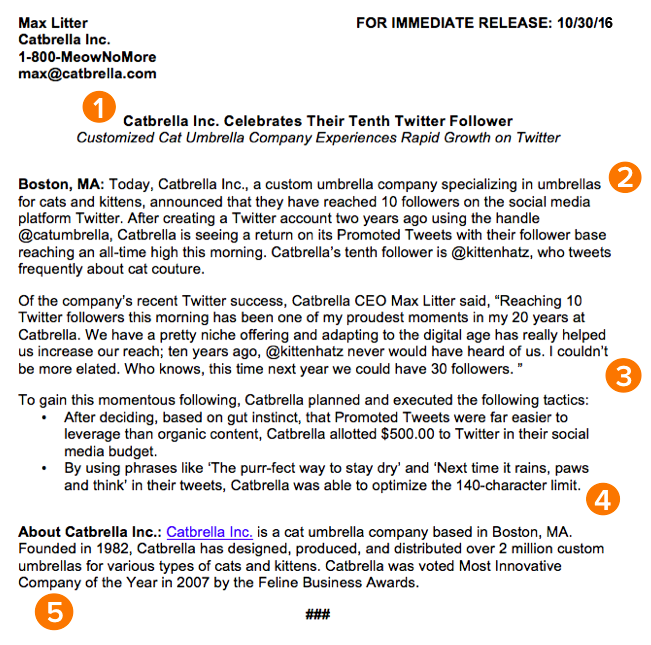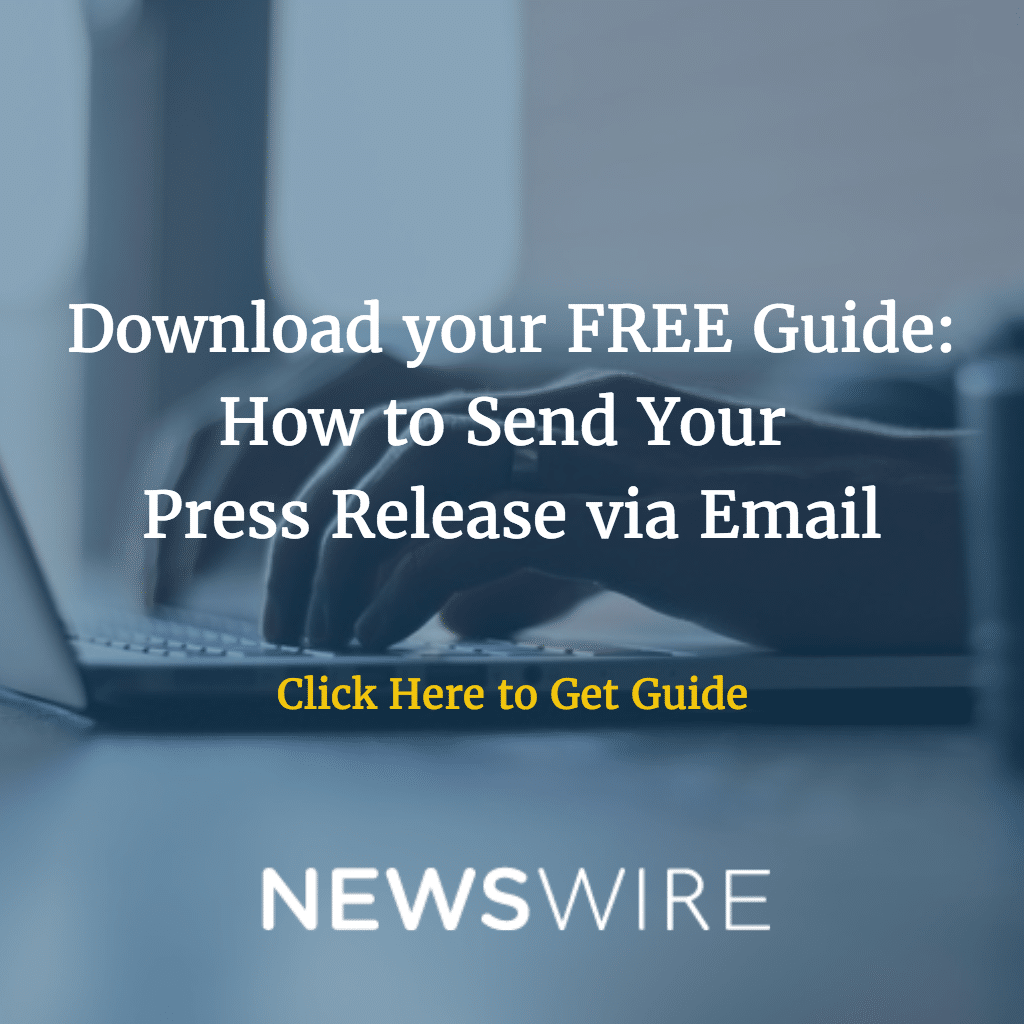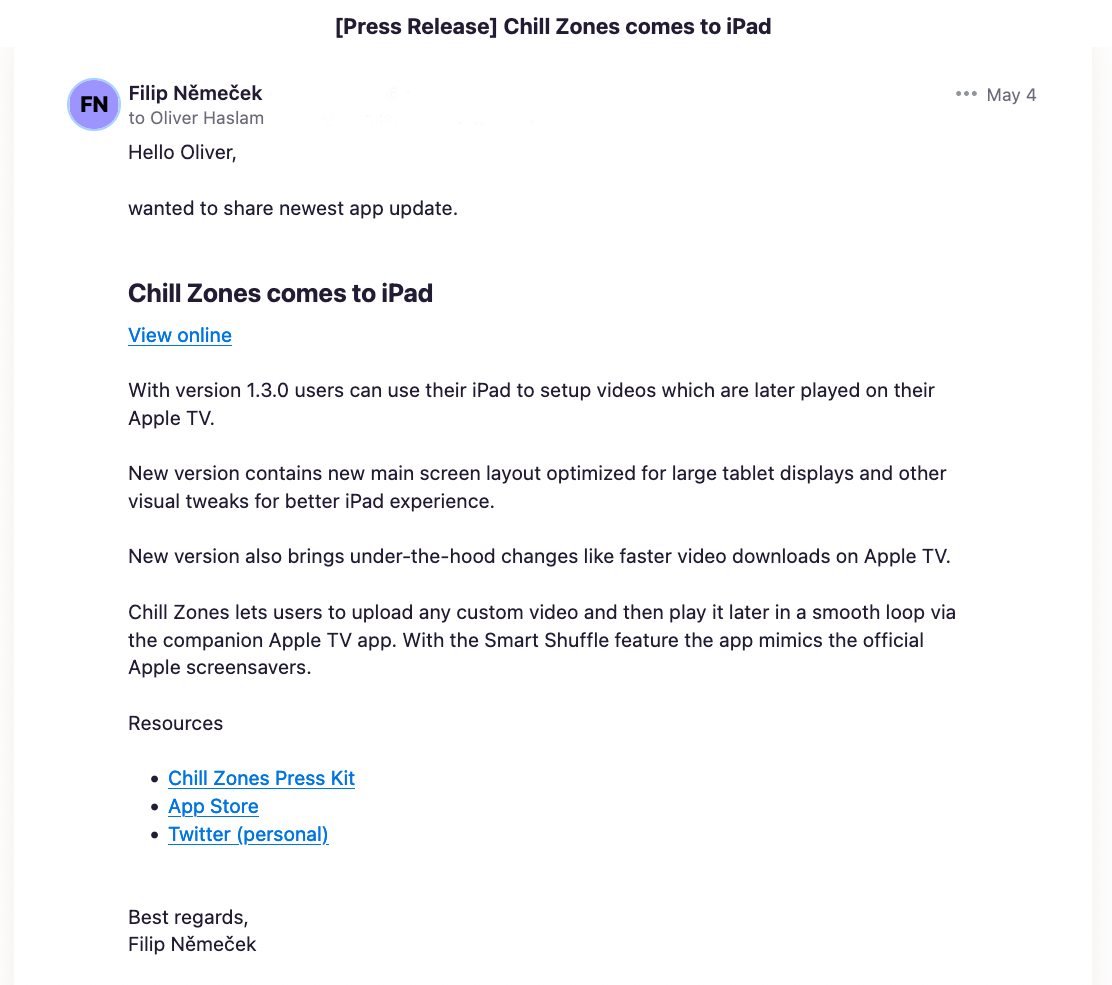When Is The Best Time To Send A Press Release
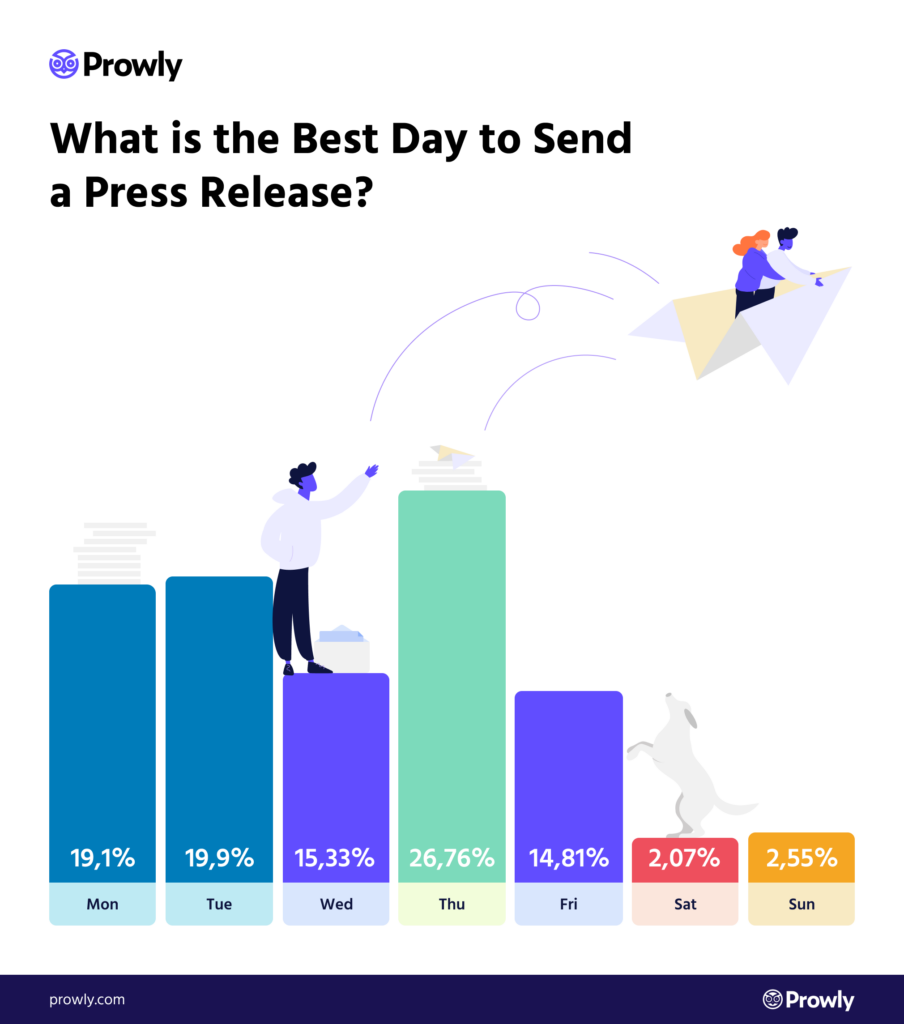
In the relentless news cycle, where information bombards the public from all angles, the humble press release faces an uphill battle for attention. Crafting the perfect message is only half the battle; timing, it seems, is everything.
The question of when to send a press release is not a simple one. It requires understanding media consumption patterns, industry-specific nuances, and even the day-to-day rhythms of a journalist's life. This article will delve into the data and expert opinions to illuminate the optimal timing strategies for maximizing press release impact.
The Elusive 'Best Time': A Data-Driven Approach
Numerous studies have attempted to pinpoint the magic hour for press release distribution. While a definitive answer remains elusive, patterns have emerged, offering valuable guidance.
Several reports suggest that Tuesdays, Wednesdays, and Thursdays are generally the most fruitful days for sending press releases. PR Newswire, in its analysis of thousands of press releases, has consistently found mid-week releases achieving higher engagement rates compared to Mondays and Fridays.
The reasoning is simple: Mondays are often hectic as journalists catch up on the weekend's events and plan their week. Fridays, on the other hand, tend to be quieter, with journalists wrapping up stories and preparing for the weekend.
Within those mid-week days, the morning hours, specifically between 9:00 AM and 11:00 AM Eastern Time, frequently emerge as prime time. This window allows journalists ample opportunity to review releases before their day becomes consumed by deadlines and meetings.
However, the generalized data needs to be nuanced. Brad Phillips, CEO of Phillips Media Relations, emphasizes that
"There’s no magical time or day. It’s more important to understand your target audience and what publications they read, then look for the best time to reach them."
Industry-Specific Considerations
General guidelines are a starting point, but tailoring your approach to your specific industry is crucial. The tech industry, for example, might benefit from earlier releases, as tech news often breaks quickly and globally.
Conversely, industries tied to specific events, such as film or music, should time releases around key dates like festival announcements or album releases. Releases related to financial results should comply with regulatory requirements and be released before or after market hours.
Understanding the publication schedule of key media outlets is also critical. A release announcing a new product that complements a story about a similar product the outlet has published a week prior is very important.
The Human Factor: Understanding the Journalist's Perspective
Beyond data and industry trends, it's vital to consider the human element. Journalists are bombarded with press releases daily, so crafting a compelling subject line and concisely summarizing the key information in the first paragraph is paramount.
Building relationships with journalists can also be a significant advantage. Understanding their specific interests and deadlines allows for a more personalized and effective approach. Developing relationships and understanding their area of interest helps to break through the noise.
Lisa Gerber, founder of Big Leap Creative, notes that,
"A well-timed, personalized email to a journalist who has covered similar topics in the past is often more effective than blasting a press release to a generic media list."
Beyond Timing: The Content Still Matters
While optimal timing can increase visibility, a poorly written or irrelevant press release will likely be ignored regardless of when it's sent. The content must be newsworthy, accurate, and tailored to the target audience.
Ensuring the release is free of errors, contains compelling visuals, and clearly articulates the key message is crucial for capturing attention. Including quantifiable data and statistics to support claims can add credibility and increase the chances of coverage.
Furthermore, consider the distribution channel. While traditional press release distribution services remain valuable, exploring alternative channels such as social media, industry blogs, and direct outreach can broaden reach and engagement.
The Future of Press Release Timing
The media landscape is constantly evolving, and the optimal timing for press releases may shift over time. New technologies and platforms are changing how people consume news, necessitating ongoing monitoring and adaptation.
Artificial intelligence (AI) is expected to play an increasing role in press release optimization. AI-powered tools can analyze vast amounts of data to predict the best time to send a release based on factors such as target audience, industry trends, and journalist preferences.
Ultimately, successful press release timing requires a blend of data-driven insights, industry knowledge, and a deep understanding of the journalist's perspective. By carefully considering these factors, organizations can increase the likelihood of their news being heard in the crowded media landscape.

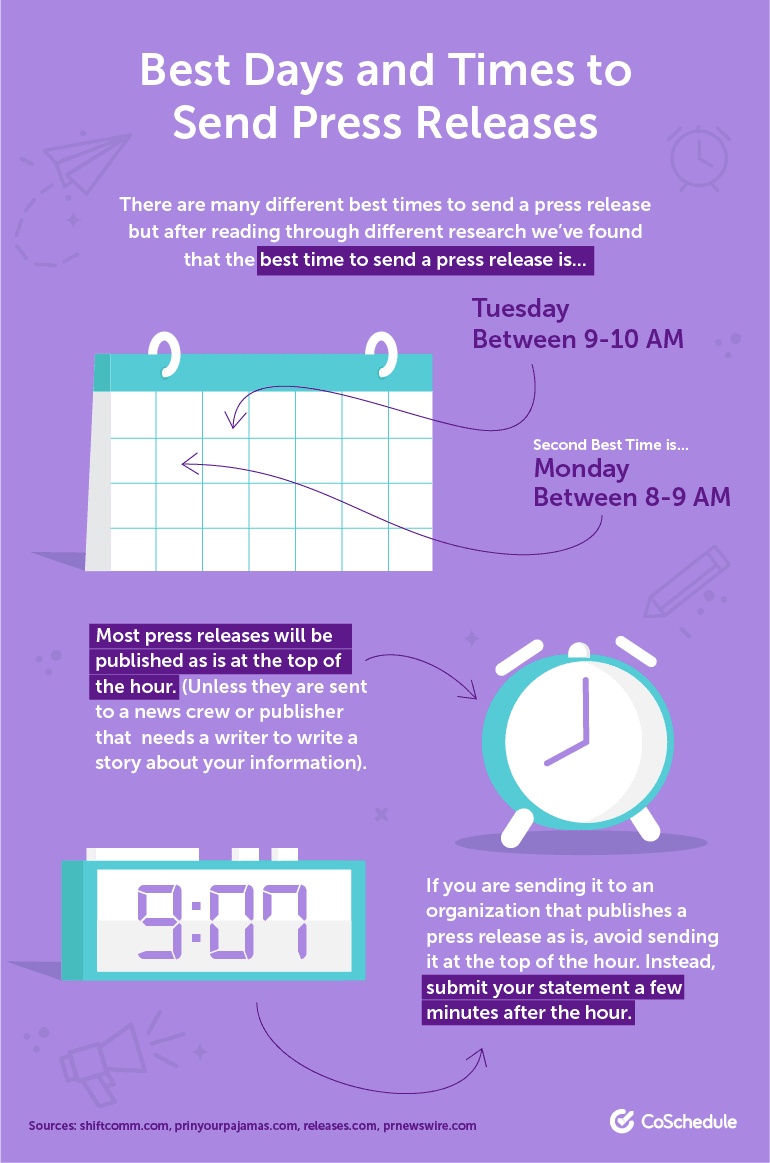

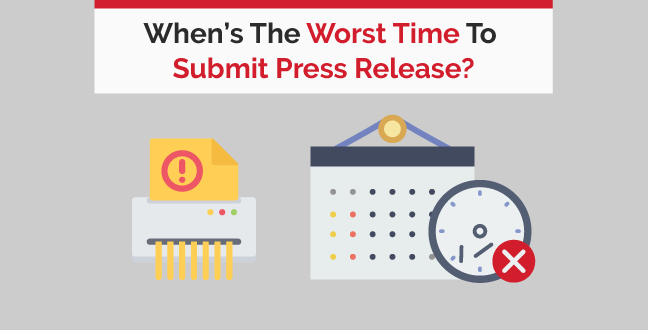
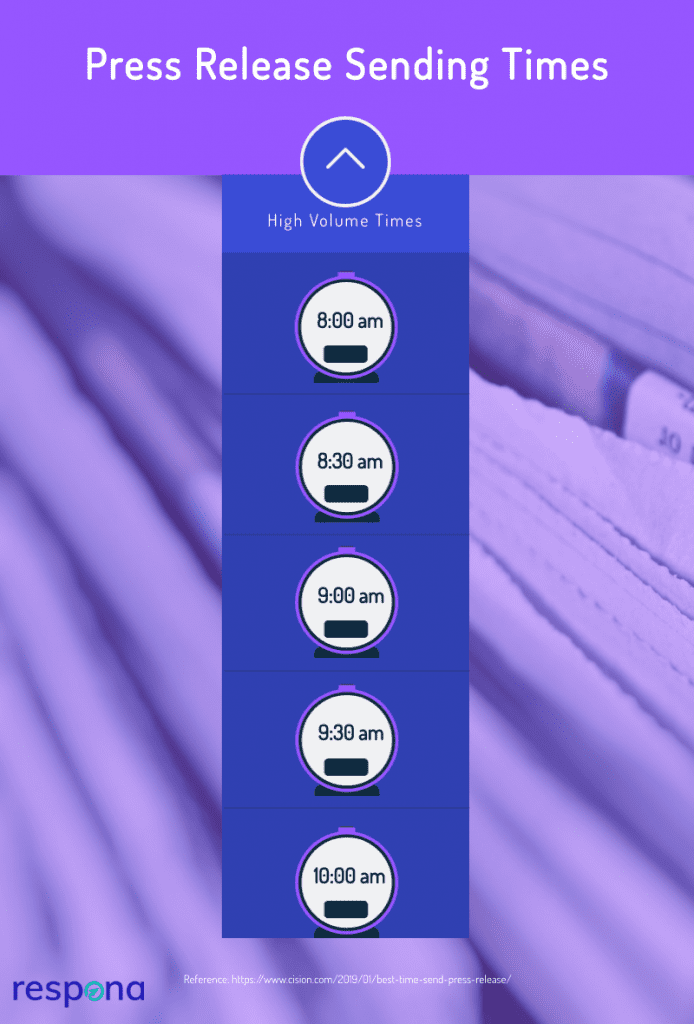
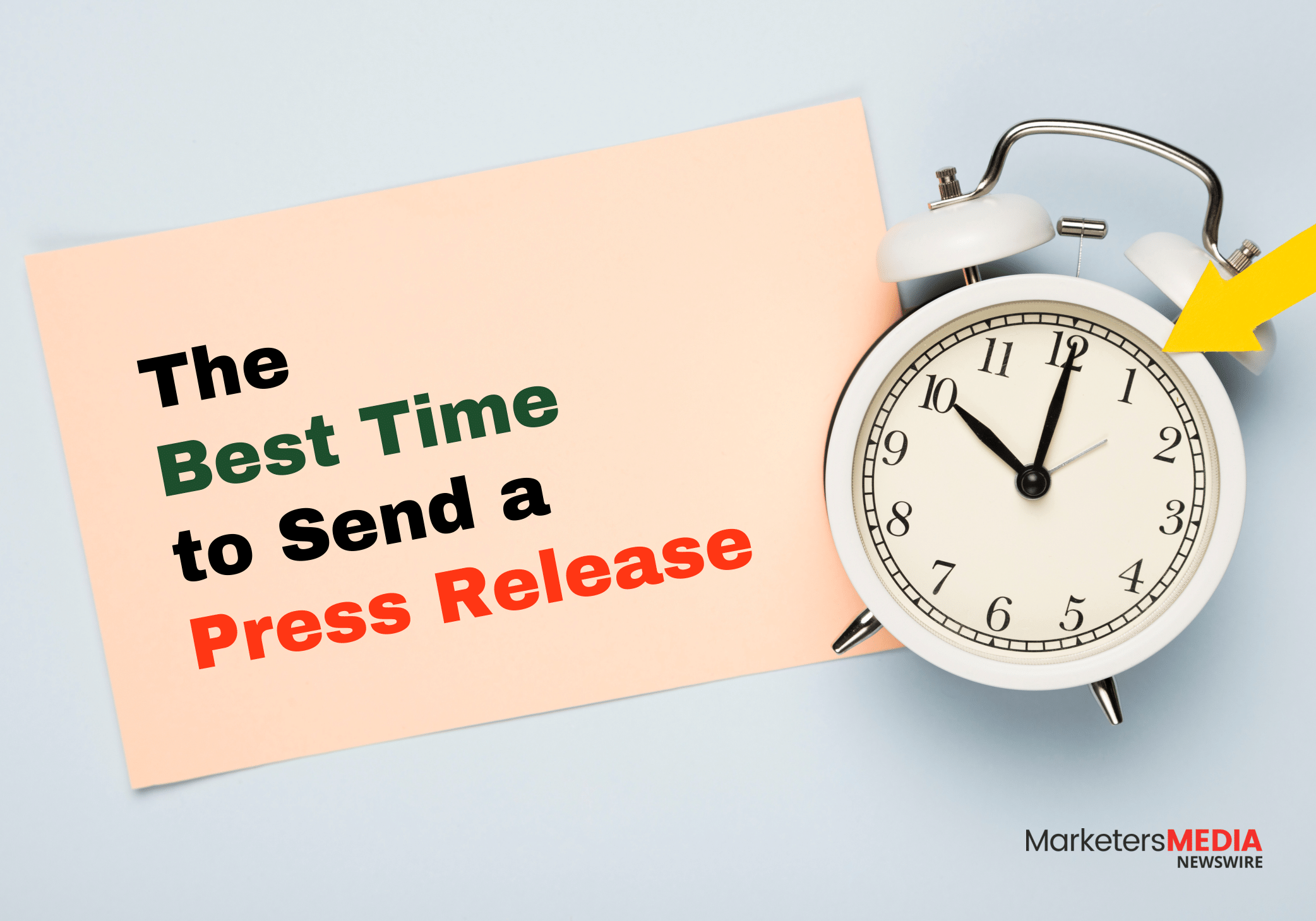
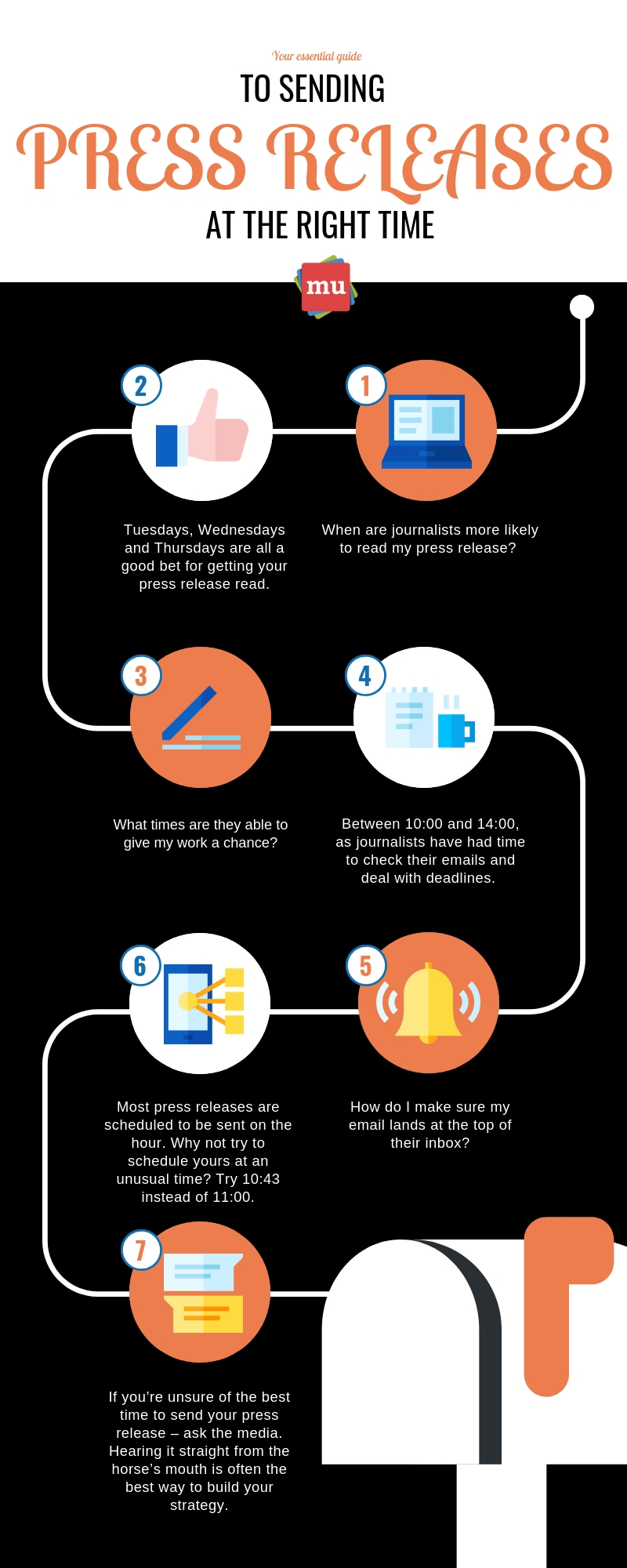

![When Is The Best Time To Send A Press Release Best Time to Send a Press Release [2024]](https://intelligentrelations.com/wp-content/uploads/2022/10/Screenshot-2022-10-13-at-5.07.24-PM-1024x815.webp)


